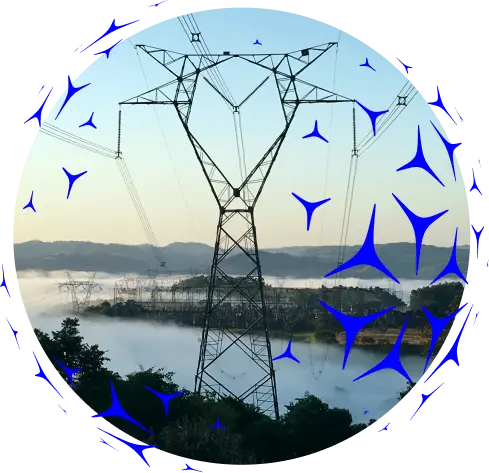Vamos atingir isso seguindo três diretrizes estratégicas: excelência organizacional, foco no cliente e alocação eficiente de capital.
Nosso propósito é Catalisar negócios com a nossa energia
Com mais de 60 anos de investimento em pesquisa e inovação, a AXIA Energia foi uma das grandes responsáveis por tornar a matriz energética brasileira em uma das mais renováveis do mundo. Valorizamos nossos profissionais e as comunidades onde atuamos, criando juntos um legado duradouro para o planeta.
Inauguramos uma nova era de desenvolvimento sustentável com energia renovável extraída de biomas que preservamos diariamente.
Somos a maior companhia do setor no Hemisfério Sul e líderes em geração e transmissão de energia elétrica no Brasil.
